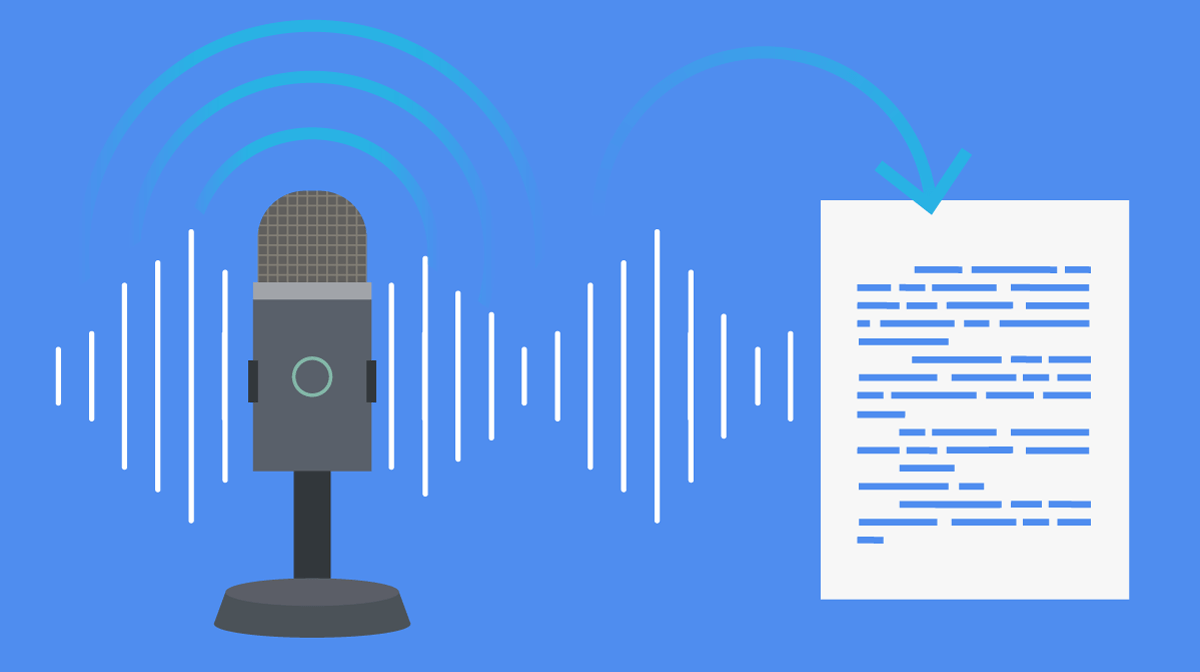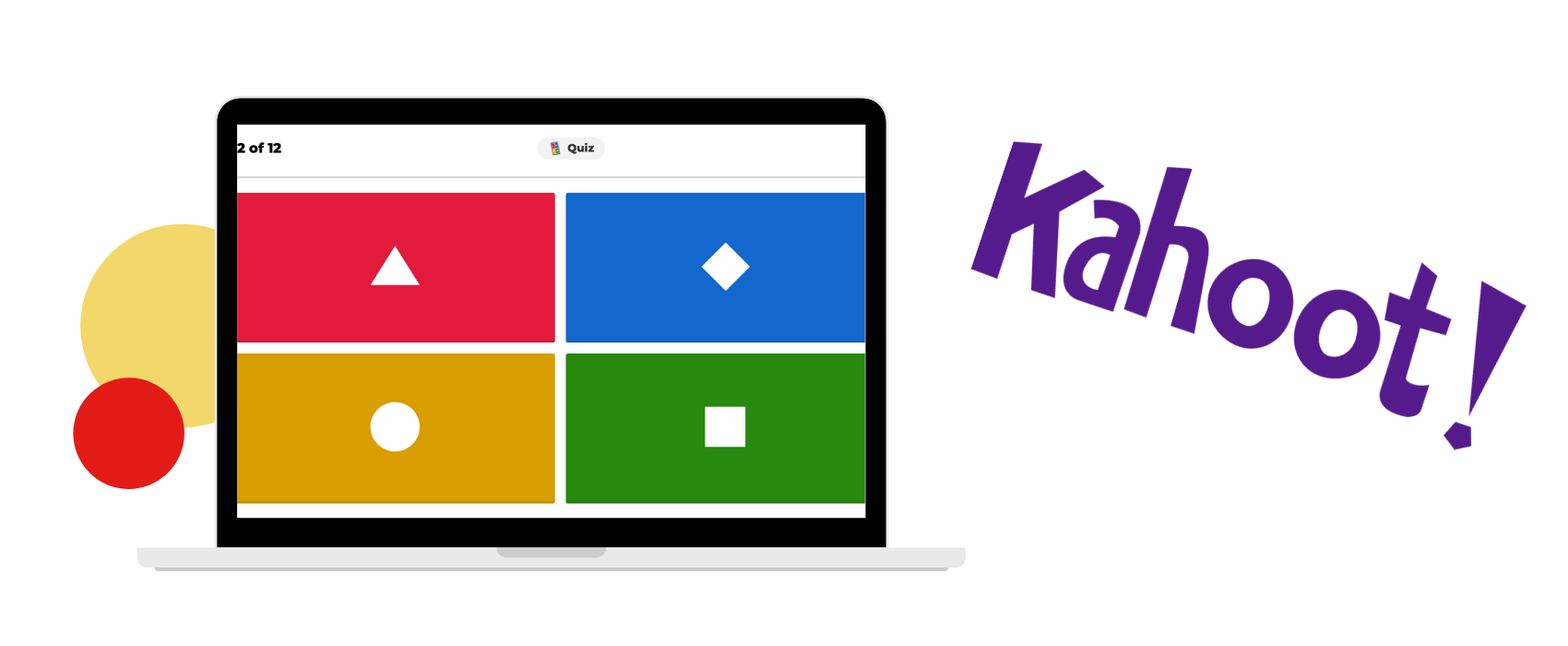Our current learning environment does have potential barriers for various types of learners. Firstly, students who are hard of hearing will have difficulty getting involved in the two class discussions in our resource. To accommodate this, during discussions the instructor will turn on speech to text on the board which will allow students to read along with the discussion. Children who are hard of hearing or who may have difficulty understanding spoken English will also be given the option of having a computer with the speech-to-text program if they prefer. This solution is also suitable for English learners, who can have their program translate the discussion. This solution was suggested in the readings, and I think that it applies to our interactive learning resource. I do, however, think that having the speech-to-text on the board for the entire class is more beneficial, and individual laptops should only be given to students who would greatly benefit from them.

Secondly, students who may have difficulty seeing the board clearly may struggle to follow along with the lesson, as it is on a slideshow. To reduce this challenge, students will be given the option to have a paper copy of the lesson to better follow along. The lesson will also be read out loud by the instructor. Providing both written and spoken learning works to remove learning barriers that may impact students. Further, there will be no activity that relies on colour selection or identification, as there may be students who are colour blind. The only activity involving colours in our resource is a Kahoot at the end of the lesson, however, each Kahoot option is given a shape and a colour, so it is not solely reliant on colour selection.

Thirdly, students with difficulties concentrating may struggle to sit through and pay attention to a lesson. To help with this, the class will be given regular movement breaks where the students can get up and move for a couple of minutes. Further, the lessons will not be too long. There are also a lot of interactive activities throughout our resource, which will engage the students.

For students with social anxiety or who do not like to speak in front of the class, there will be an anonymous question section at the end where students can write one question on a piece of paper that they can give to their instructor to answer. Moreover, students who feel uncomfortable participating in class discussions have the option of writing their thoughts/answers on a piece of paper and giving it to their instructor at the end of class.

Finally, the class will be given various scaffolds throughout the lesson with instructions or explanations that can guide the learners and can help them gain as much from our resource as possible. By creating our resource, we hope to create equity between all students which allows everyone to learn in a constructive and positive environment.